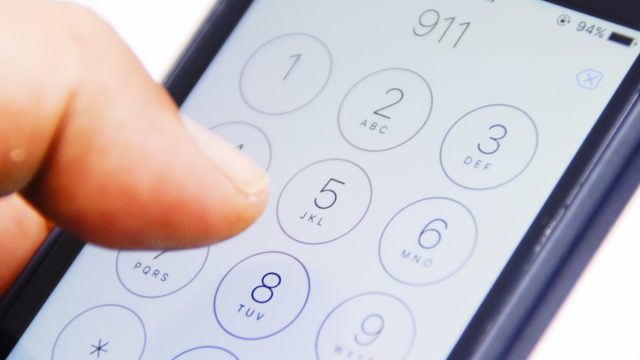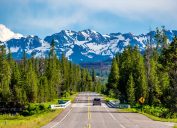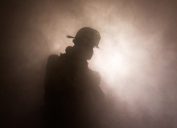Here's Why 911 Became the Number for Emergencies
The story behind America's standard emergency system.

One of the first numbers a child today learns is 9-1-1, the simple three digits one can call from any phone to reach an emergency operator. "This should be the very first thing a child learns when they know how to speak," Detective Sergeant Anthony Montanari of Nutley, New Jersey, told Today. But did you ever stop to wonder why 911 is the number for emergencies in the U.S.? In fact, it's a fairly recent development.
Up until 1968, the United States was still using hundreds of seven-digit emergency telephone numbers across the country. In fact, some states, like Nebraska, had more than 180 different ambulance service numbers alone.
The first stepping stone for the universal emergency number came in 1957, when the National Association of Fire Chiefs recommended one single number for fire reports. And then, a decade later in 1967, the President Lyndon Johnson's Commission on Law Enforcement and Administration of Justice recommended a single number for all emergency situations at large. By the end of the year, the Federal Communications Commission (FCC) had met with the American Telephone and Telegraph Company (AT&T) to find a suitable solution.
In 1968, AT&T announced that 911 would be the singular emergency code nationwide, and Congress quickly passed legislation to honor it. But why those three numbers?
"The code 911 was chosen because it best fit the needs of all parties involved," according to the National Emergency Number Association (NENA). "First, and most important, it met public requirements because it is brief, easily remembered, and can be dialed quickly. Second, because it is a unique number, never having been authorized as an office code, area code or service code, it best met the long range numbering plans and switching configurations of the telephone industry."
The first 911 call was made on February 16, 1968, by Speaker of the House Rankin Fite in Haleyville, Alabama. A week later, according to NENA, Nome, Alaska, implemented the service and by the end of 1987, the service extended to about 50 percent of the United States' population. Today, the American College of Emergency Physicians reports that nearly 96 percent of the United States is covered by some form of 911 services, which handle an estimated 240 million calls each year, according to NENA.
Want more ways to stay safe? Check out the 27 Amazing Personal Safety Tips That Will Change Your Life.
To discover more amazing secrets about living your best life, click here to follow us on Instagram!





















